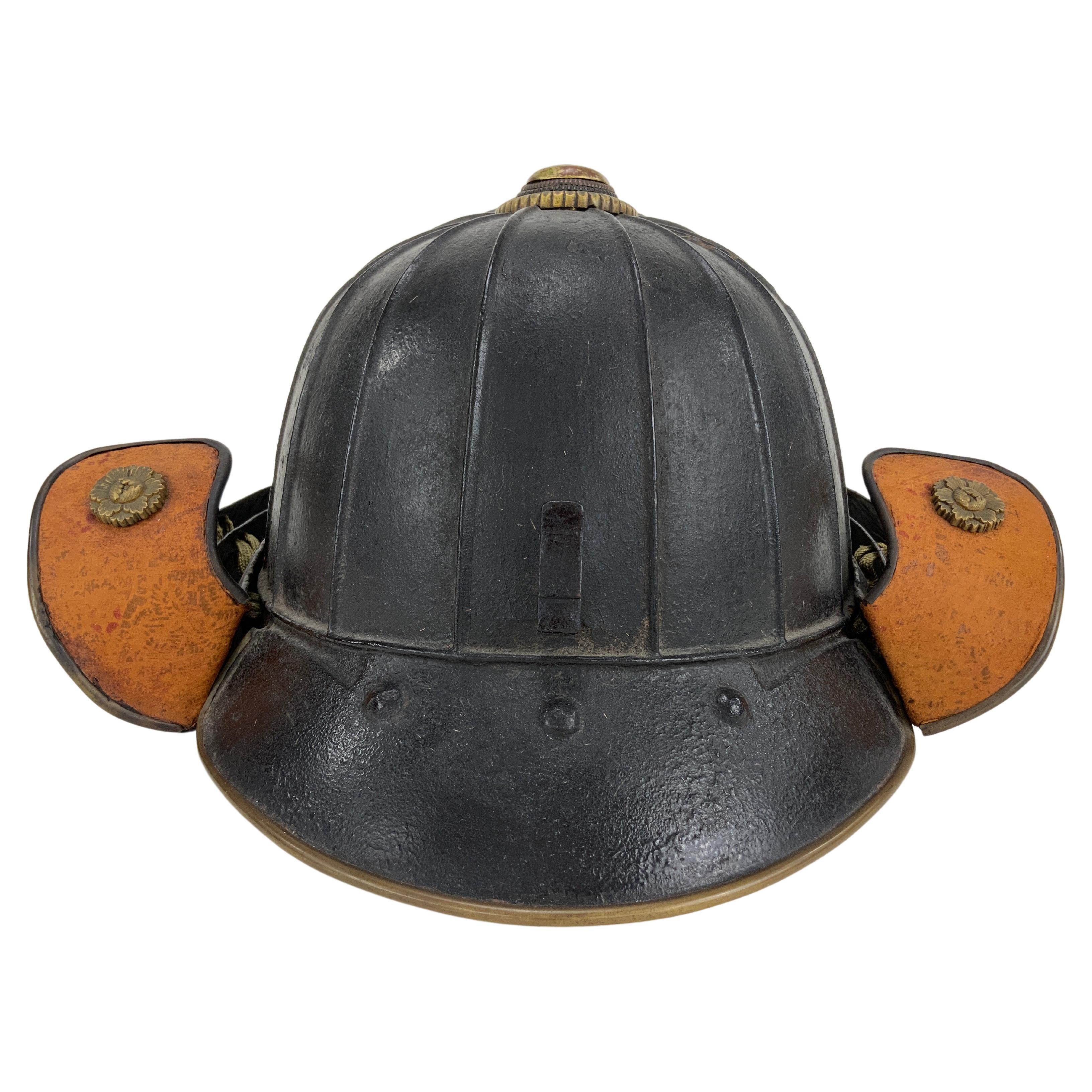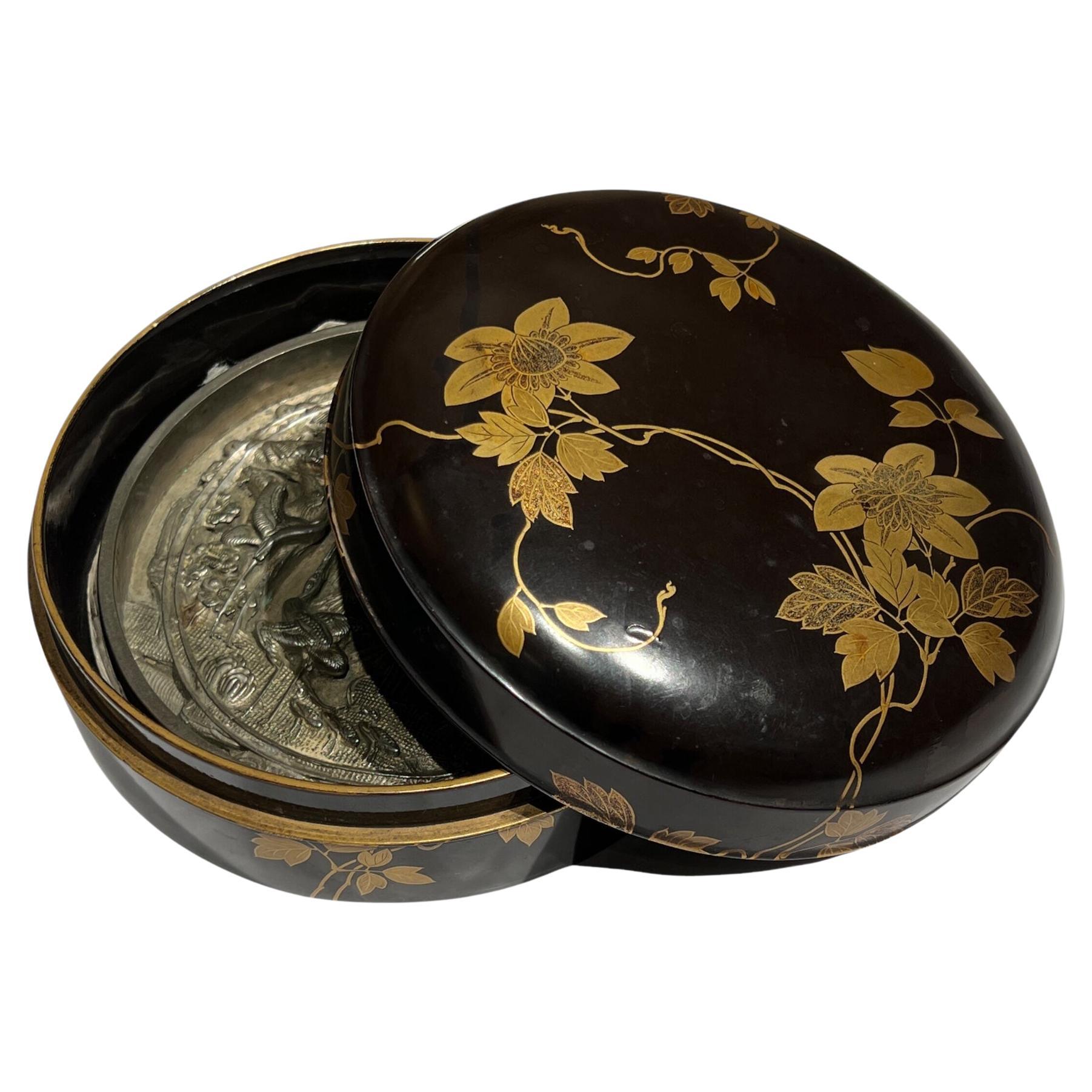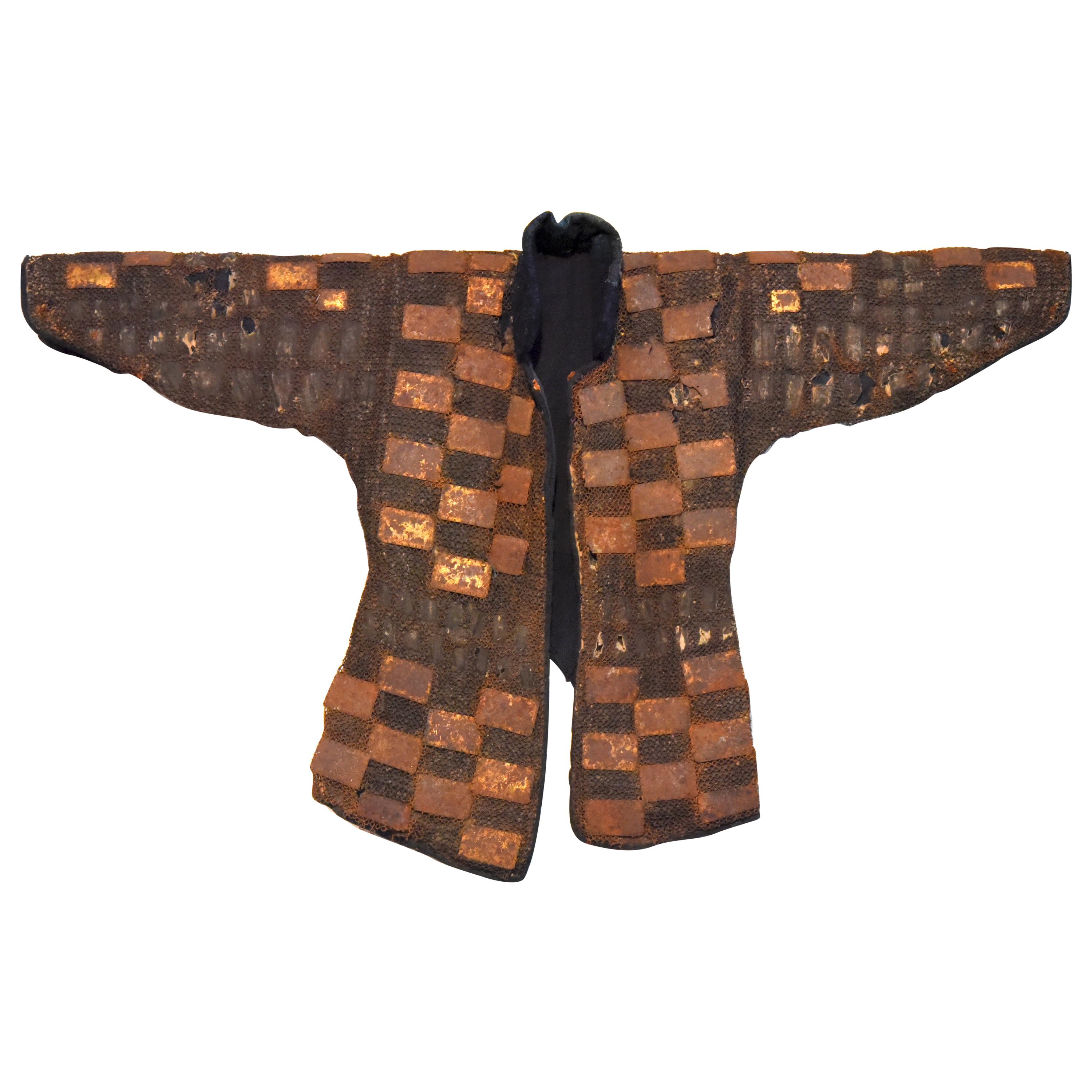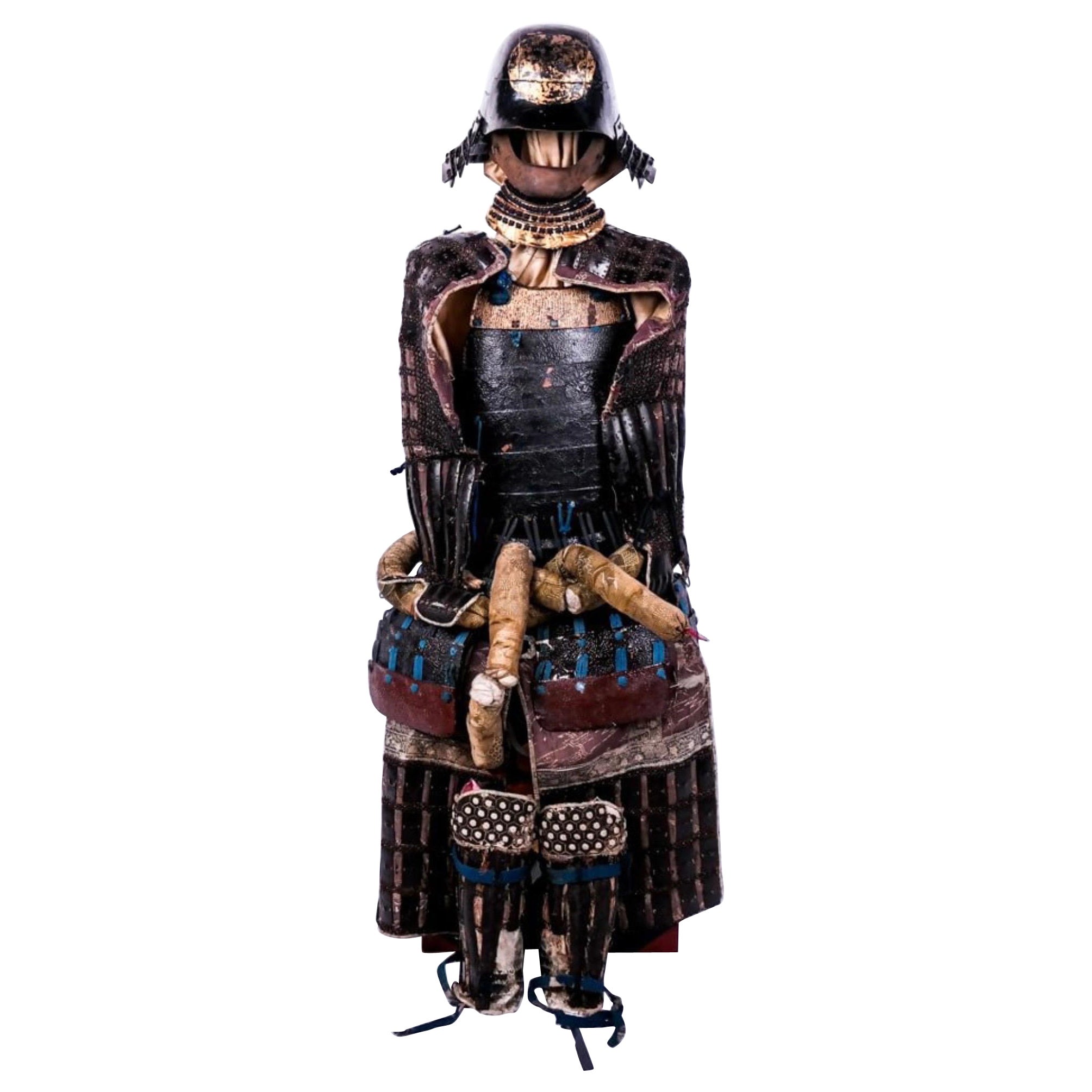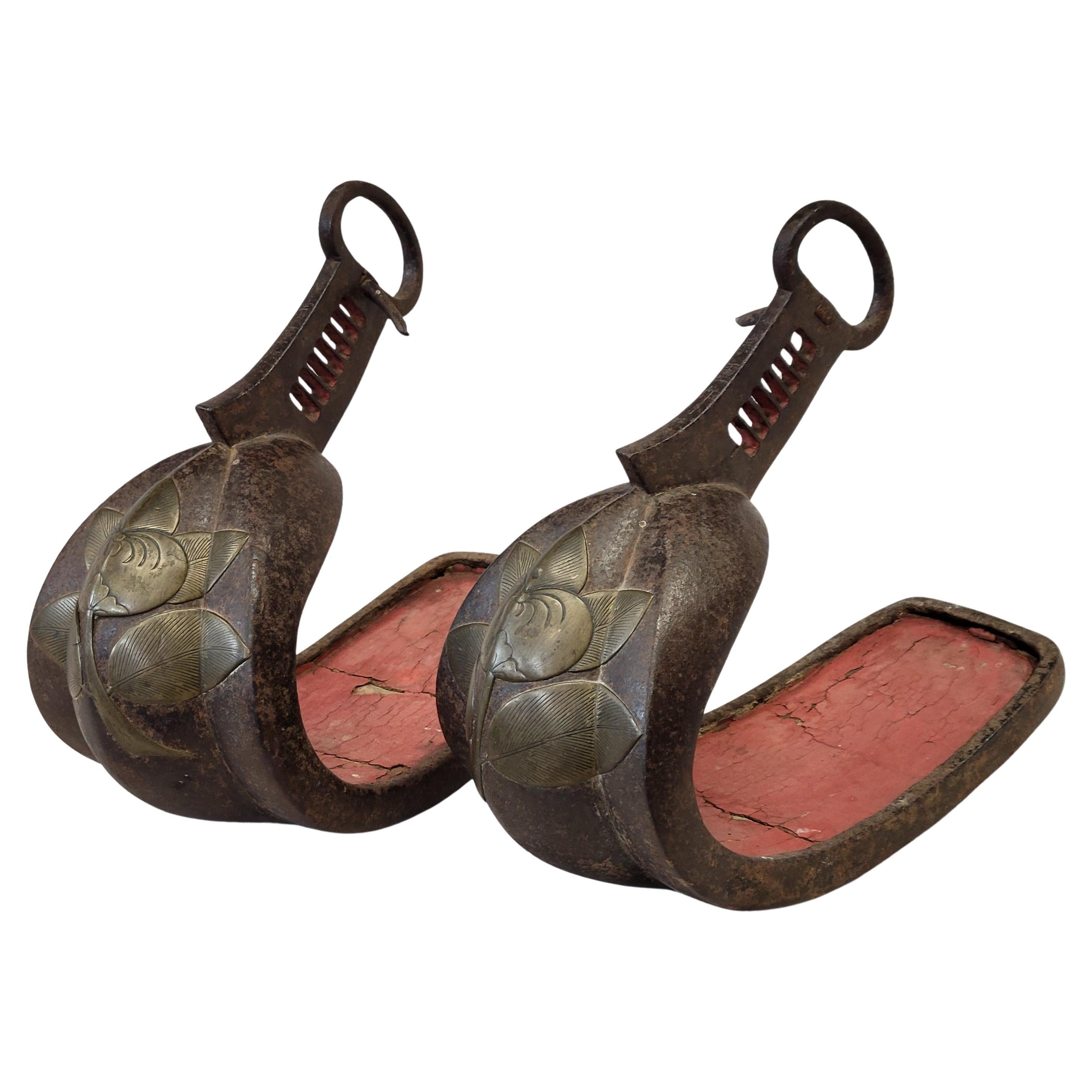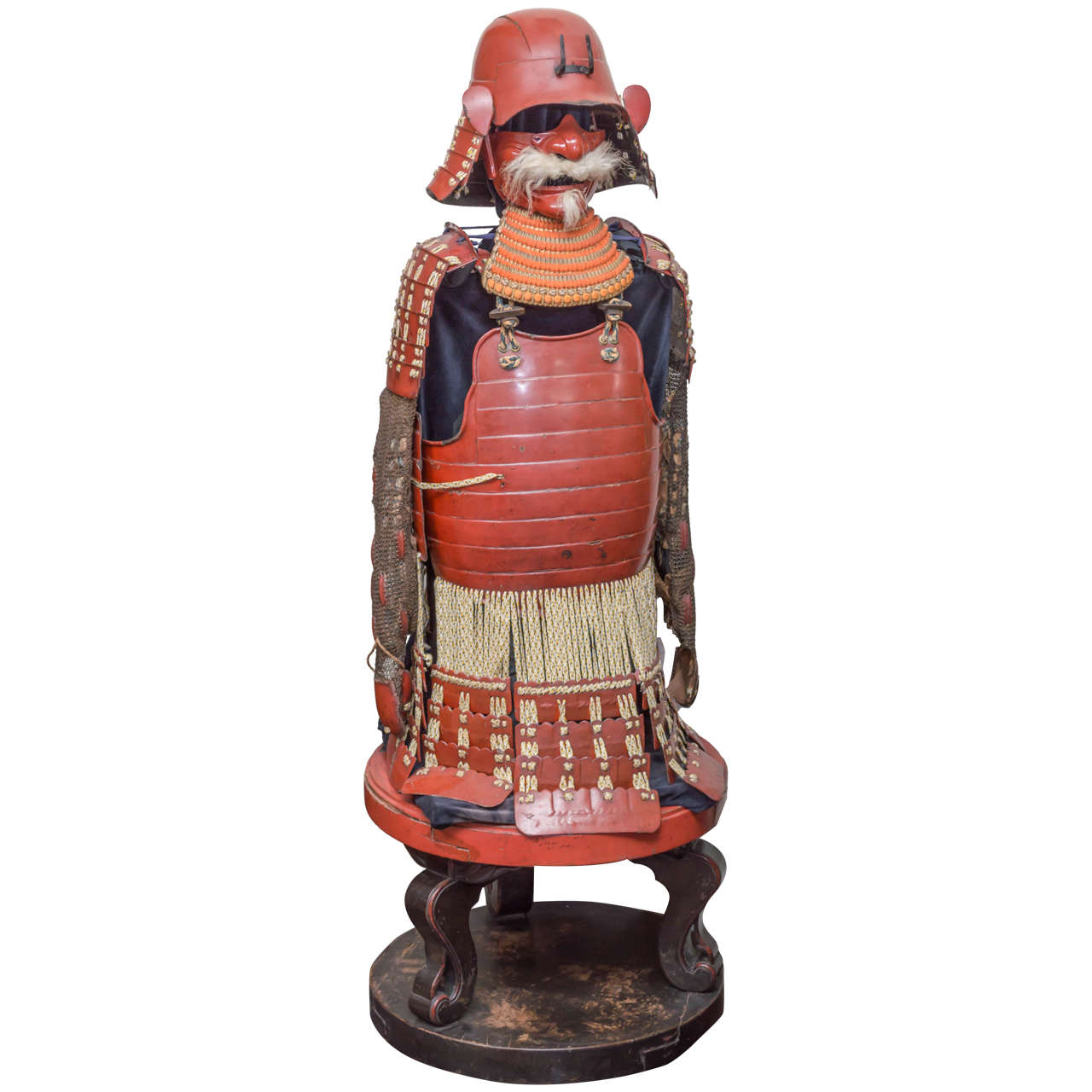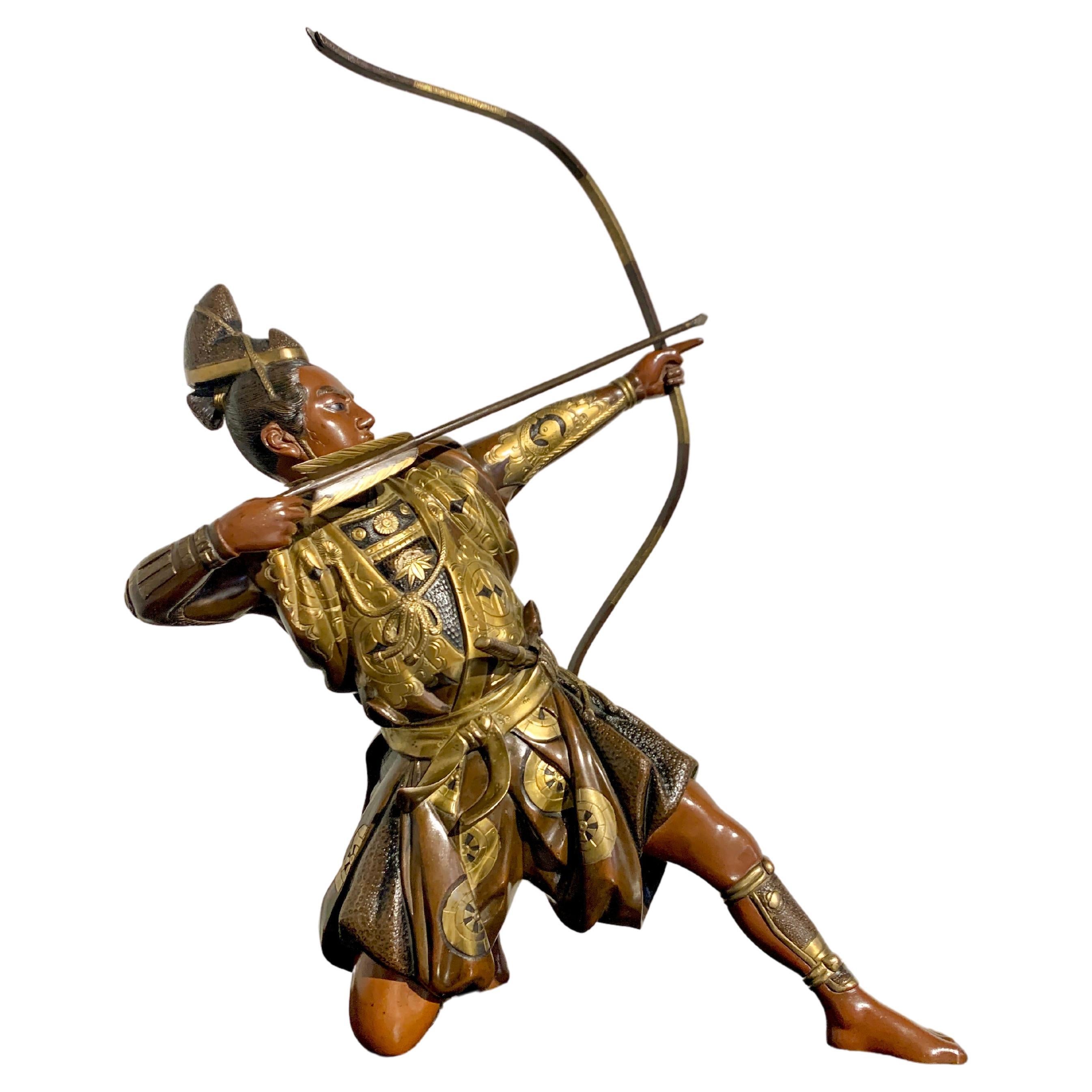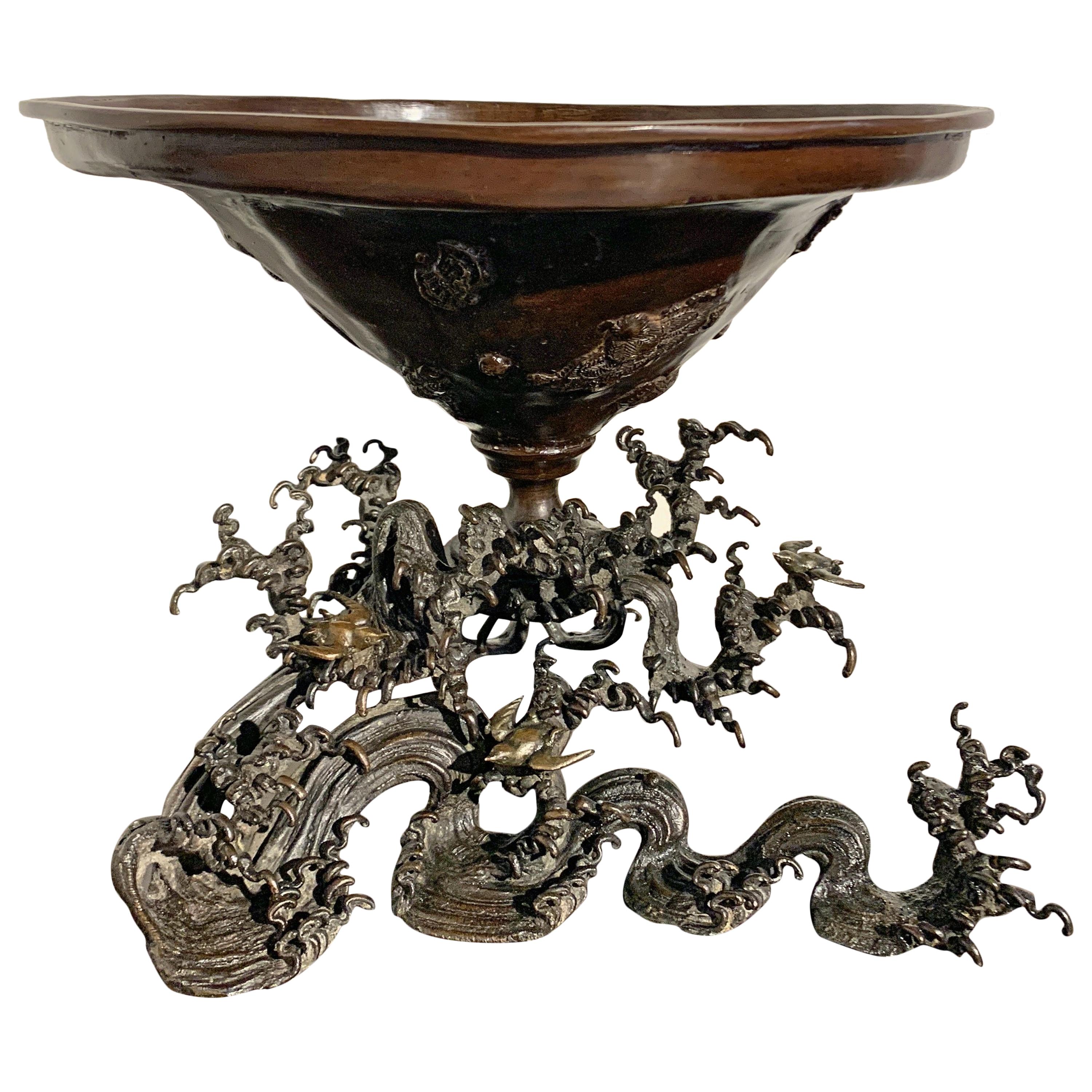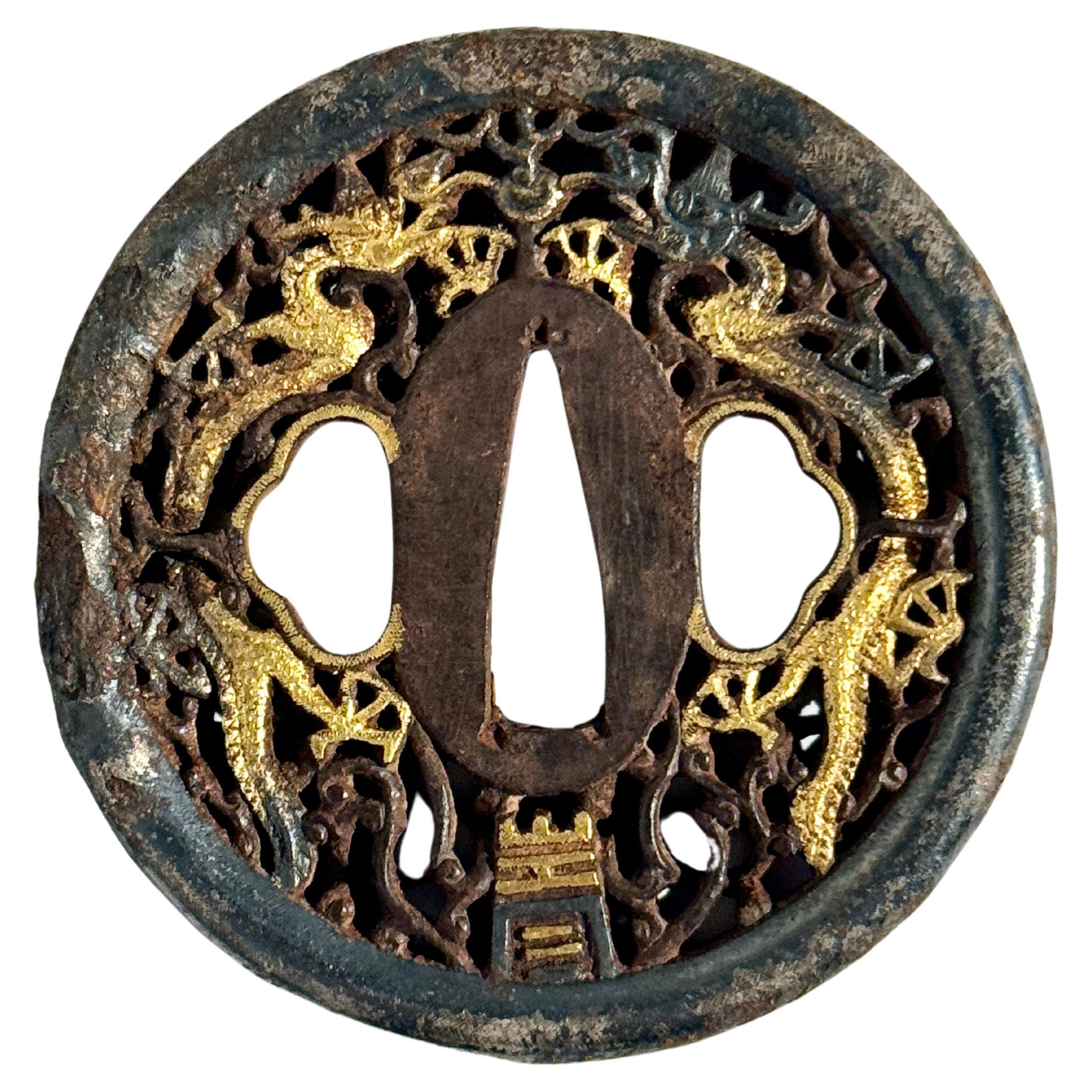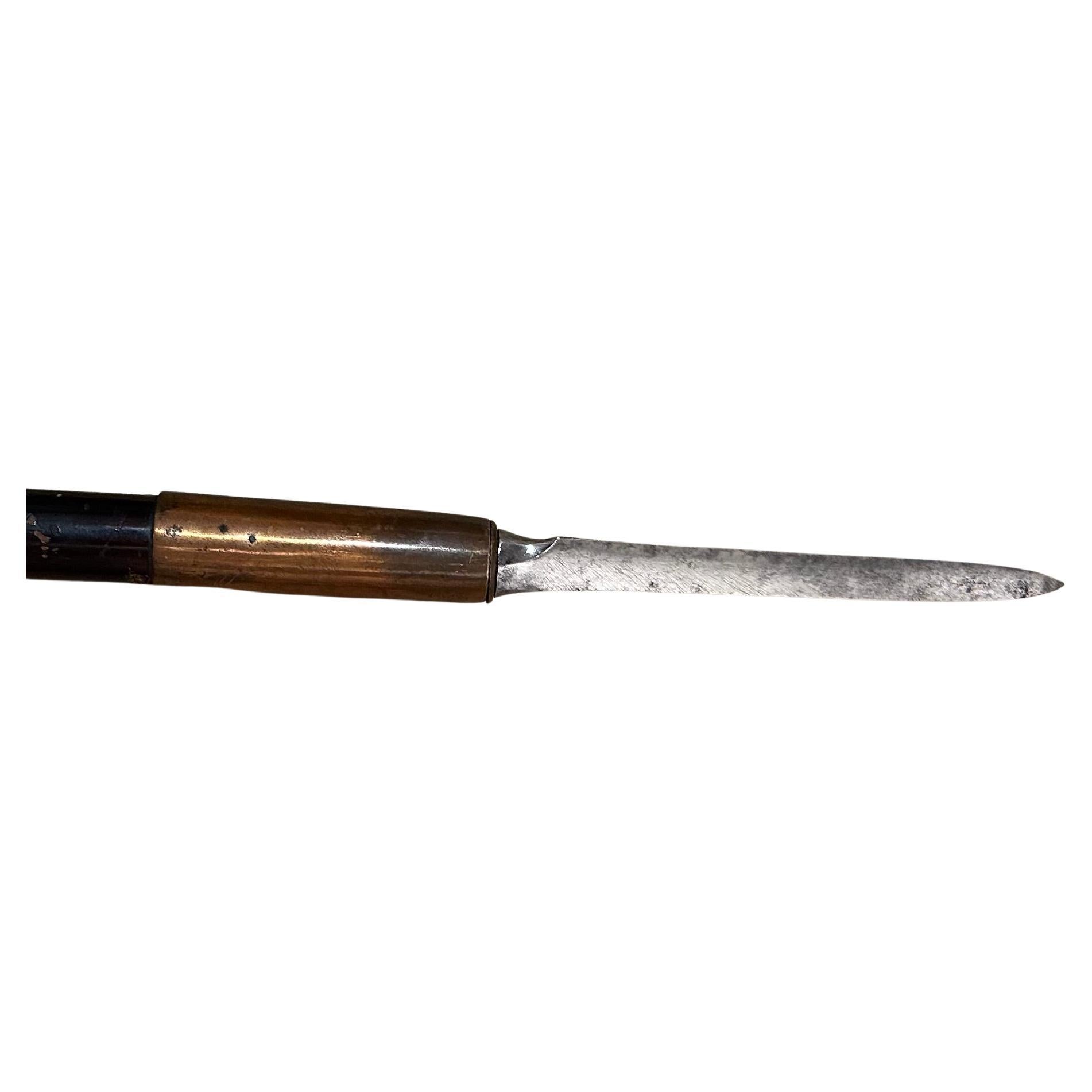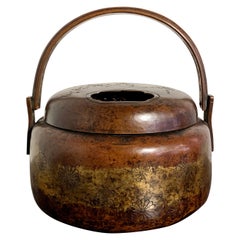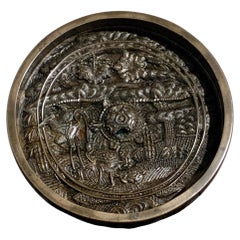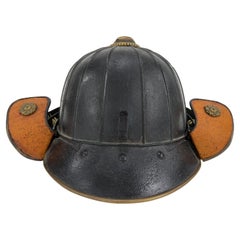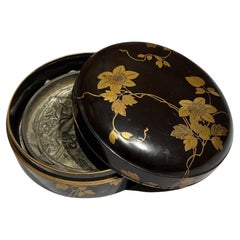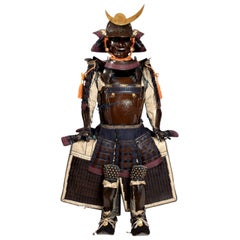
Japanese Samurai Armor in Sendai Style, Mid-Edo Period, 18th Century
View Similar Items
1 of 13
Japanese Samurai Armor in Sendai Style, Mid-Edo Period, 18th Century
$50,897.45List Price
About the Item
- Dimensions:Height: 59.06 in (150 cm)Width: 19.69 in (50 cm)Depth: 19.69 in (50 cm)
- Materials and Techniques:
- Place of Origin:
- Period:
- Date of Manufacture:circa 1750
- Condition:
- Seller Location:Milano, IT
- Reference Number:Seller: 5881stDibs: LU4250212870242
Authenticity Guarantee
In the unlikely event there’s an issue with an item’s authenticity, contact us within 1 year for a full refund. DetailsMoney-Back Guarantee
If your item is not as described, is damaged in transit, or does not arrive, contact us within 7 days for a full refund. Details24-Hour Cancellation
You have a 24-hour grace period in which to reconsider your purchase, with no questions asked.Vetted Professional Sellers
Our world-class sellers must adhere to strict standards for service and quality, maintaining the integrity of our listings.Price-Match Guarantee
If you find that a seller listed the same item for a lower price elsewhere, we’ll match it.Trusted Global Delivery
Our best-in-class carrier network provides specialized shipping options worldwide, including custom delivery.You May Also Like
Japanese Parcel Gilt Copper Hibachi, Edo Period, 18th Century, Japan
Located in Austin, TX
A sublime Japanese parcel gilt copper hand warmer, hibachi, with chrysanthemum design, Edo Period, 18th century, Japan.
The hand warmer, called a...
Category
Antique 18th Century Japanese Edo Metalwork
Materials
Copper
Japanese Cast Bronze "Longevity" Mirror, Edo Period, 18th Century, Japan
Located in Austin, TX
A heavy and finely cast Japanese bronze mirror with longevity symbols, Edo Period, 18th century, Japan.
The small, round mirror with high walls...
Category
Antique Late 18th Century Japanese Edo Metalwork
Materials
Bronze
Japanese Samurai Helmet Kabuto Edo Period (1603-1867)
Located in Hampstead, QC
A Japanese Samurai black-lacquered helmet (kabuto) in suji bachi style and of a goshozan shape consisting of the:
- main dome (hachi) made from 16 plates in natural iron riveted to...
Category
Antique Early 19th Century Japanese Edo Metalwork
Materials
Iron
Japanese Cast Bronze Mirror and lacqer box, Edo Period, 18th Century, Japan
Located in PARIS, FR
A heavy and finely cast Japanese bronze mirror decorated with pines , cranes wich are longevity symbols, The handle in the center is a a tutle which also symbolize longevity.
Edo Period, 18th century, Japan.
The small, round mirror with high walls has been intricately and exquisitely cast with symbols . The turtle has a domed shell pieced to allow a cord to be strung through for handling or hanging.
A five charactesr mark is cast on the border.
Mirror is 12 ,3 x 1,6 cm
Box is 14,2 x 5 cm
Surrounding the turtle and inscription is a densely cast landscape featuring pine trees with fantastic needles, two cranes with their 3 youngs, dense stalks of leafy bamboo. and a blooming prunus on the left side.
All are symbols of longevity. Bamboo also symbolizes resilience and prosperity. Bamboo asociated with prunus and pine are called the 3 frinds of winter.
The other side of the mirror is undecorated, and would originally have been highly polished, allowing the user to see their reflection in the polished surface.
The bronze with a wonderful, warm silver patina.
This mirror is presented in its original lacquer box , hand decorated in the Kodaiji style with gold lacquer flowers...
Category
Antique Late 18th Century Japanese Japonisme Metalwork
Materials
Bronze
$1,195 Sale Price
20% Off
Edo Period Chain Mail Armor Jacket, Kusari or Karuta, Japan
Located in Point Richmond, CA
Edo period Chain Mail Armor Jacket, Kusari or sometimes known as Karuta, Japan
Japanese chain mail armor jacket is composed of brass metal plates linked together with metal wires an...
Category
Antique Late 18th Century Japanese Edo Textiles
Materials
Brass
$2,800 Sale Price
20% Off
18th Century, Japanese Edo Period Lacquer & Chain Mail Suit of Samurai Armor
Located in Atlanta, GA
Japanese, Edo Period (1603-1868), likely late 18th century.
Step into the rich tapestry of Japanese history with this exquisite 18th-century Edo Period Lacquer & Chain Mail Suit of Armor, a masterpiece that seamlessly blends martial craftsmanship with artistic elegance. Crafted during a period of unparalleled cultural refinement, this armor is a testament to the meticulous skill and dedication of Japanese artisans.
The Gosuko armor, at the heart of this ensemble, embodies the traditional armor design of the Edo Period. Each meticulously lacquered plate, carefully adorned with ornate motifs, reflects not only the functional sophistication required for battle but also the aesthetic sensibilities intrinsic to Japanese art. The incorporation of chain mail adds a layer of flexibility and mobility, harmonizing the demands of protection with the fluidity required in combat.
A crowning glory to this armor is the Kabuto Helmet, an iconic symbol of samurai identity and resilience. Its design not only provides formidable protection but also serves as a canvas for artistic expression. The helmet's form, combined with lacquer embellishments and a crest, creates a striking visual statement, a representation of the wearer's identity and lineage.
To complete the ensemble, the armor comes with a brocade fabric, adding a touch of regality to this already magnificent piece. The interplay of textures and colors in the brocade further elevates the visual impact, turning the act of donning this armor into a ceremonial experience.
For the discerning collector, this piece is presented in a lacquer armor box, meticulously crafted to safeguard and showcase the historical significance of the armor. The accompanying wood armor display stand serves as a stage, allowing this masterpiece to command attention in any setting, whether it be a private collection, museum exhibit, or a distinguished living space.
Owning this 18th-century Japanese Edo Period Lacquer...
Category
Antique 18th Century Japanese Japonisme Antiquities
Materials
Iron, Gold Leaf
$10,000 Sale Price
20% Off
Recently Viewed
View AllMore Ways To Browse
Mid Century Japan Mask
Antique Japanese Helmet
Edo Period Japanese Armor
Japanese Mask Edo
Japanese Lacquer Mask
Gold Lacquer Bowl
Edo Period Mask
Samurai Helmet
Antique Kabuto
Kabuto Helmet
Samurai Kabuto
Samurai Mask
Samurai Armor Mask
Japanese Bronzes
Antique Japanese Bronze
19th Century Japanese Bronze
Asian Cloisonne
Enamel Cloisonne Art


